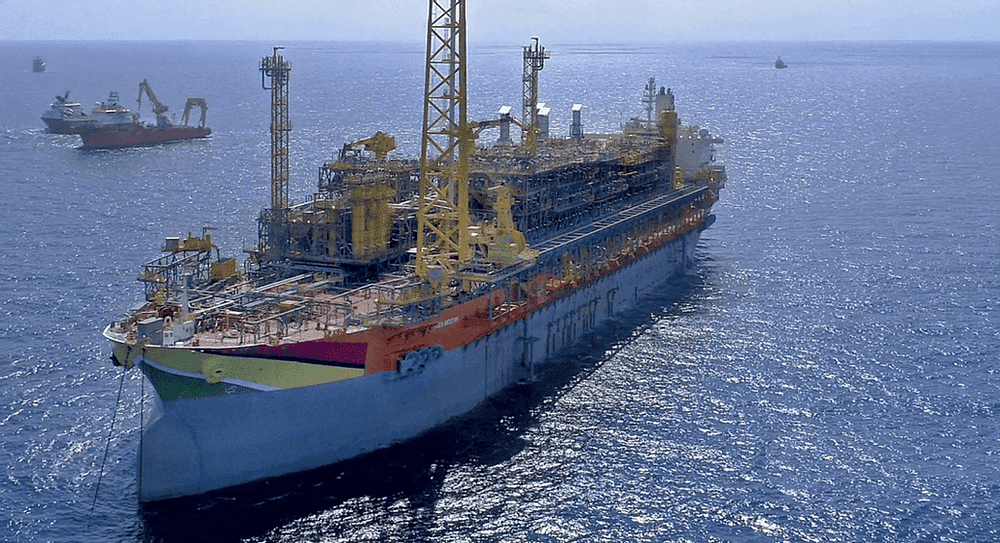Guyana has delivered around 11 billion barrels of oil equivalent since 2015, the largest offshore oil discovery in the past decade, with the potential to replace at least 17 percent of the gas supply lost to Europe due to the Russia-Ukraine war, now in its sixth month. This is according to Arthur Deakin, Director of Energy Practice at Americas Market Intelligence (AMI).
In his latest column, Deakin said 20% of the proven reserves are estimated to be associated gas, equal to 13.2 trillion cubic feet (tcf). By those calculations, he said Guyana now has the third largest gas reserves in the region, behind Venezuela and Argentina.
Noting it is still unclear how all of this newfound resource will be used, he shared that most of it will be reinjected into the underground reservoir to optimise the extraction of oil. Deakin further stated that a small portion of it will be flared. And another small piece, equivalent to 50 million cubic feet per day, will flow through a pipeline to the west bank of the Demerara River. Upon arrival, a Natural Gas Liquids (NGL) plant will create dry gas—used mostly to power a 300MW power plant—as well as other useful liquids such as ethane and propane. This is all part of the Guyana government’s plan to introduce a gas-to-energy plant circa 2025.
Using Brazil’s most recent gas production data as a relative benchmark (given that they have similar gas reserves and associated gas), AMI, he said, estimates that Guyana would have a 51% surplus in gas production after accounting for gas reinjection, flaring, losses, and the gas-to-shore supply. The analyst said this would mean that Guyana would be able to market 26.2 billion cubic feet (bcf) of gas per year, enough to replace 17% of Russia’s gas supply to Europe.
For this gas to reach Europe, Deakin said there are several different alternatives that Guyana can pursue. Given Europe’s urgency and the relatively small size of these exports, he proffered that an attractive option is New Fortress Energy’s “Fast LNG” solution, an offshore liquefaction and export facility that is developed in 18 to 20 months. In fact, the company has already signed several deals to develop these types of facilities in the Gulf of Mexico. Micro-LNG, or an onshore liquefication and export terminal, are also attractive options—but less so.
Given the foregoing, Deakin alluded that Guyana has a lucrative export opportunity while being able to reduce electricity costs by roughly 50% and fueling a manufacturing and economic boom that will benefit the South American country.
Deakin believes it is time Guyana capitalises on her abundance of resources, while simultaneously complying with climate targets.



